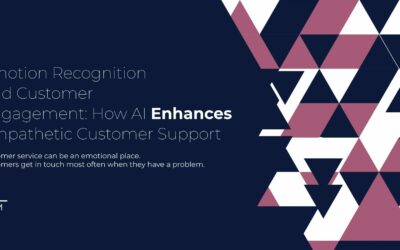The classic clash in companies nowadays is between business operations and IT. Thankfully we can say with some confidence that RPA actually can act as a bridge between the two -– unlike some other tech.
Business objectives are often worked toward by constant, agile adjustments in processes. Conversely, IT is often slower and more methodical in its approach. These polarised positions can produce conflict within a business with the relative push and pull of each position being a constant battle. However, RPA has the potential to help both camps find common ground – and real value.
Origin Story
RPA was initially thought of as a great idea because of the lack of programmers in tech. RPA would help free up existing programmer time by allowing non-programmers to create bots – which can operate autonomous processes with less human intervention. Now, however, we see that RPA is often used when a solution is needed quickly – most commonly because business needs change.
RPA gives IT the ability to get on top of a problem far quicker than a more traditional solution. In fact, depending on the situation, RPA can give an IT team the time they need to design and implement a longer term solution. It’s flexibility as a tool is being leaned on more and more – and business leaders and IT teams alike are coming to depend on RPA, mainly because it can be deployed quickly and developed almost indefinitely.
Thinking Ahead
Viewing approaches as tactical versus strategic, short term versus long, gives a nice frame for the potential of RPA. We’ve recently worked with a tax authority who sees surges in public contact around tax deadlines. In just over a week, we’ve been able to put in place a bot which could support the contact centre helping them cope with their increased traffic.
Longer term, because of this initial success, we were able to develop a system which would handle all the digital tax submissions, automating what has historically been an incredibly labour intensive process.
Good Decisions From Good Data
Now, RPA can be mistaken as a quick fix – a band aid – but just like a house renovation it doesn’t matter how well you paint the walls, if the foundations aren’t sound the whole thing can come crashing down. The basis of all RPA development should be on a detailed understanding of current processes and outcomes. Without that, the chances of good ROI drop significantly.
It really comes down to the classic project management balance – time, cost, and scope. More and more, IT teams and business leaders are able to find common ground and value in RPA as it helps bridge the gap between tactical decision making and long term technical planning. In every time frame RPA has the ability to give great benefits providing the planning for it is done right. For us, we can see that any technology that brings people together is powerful – all the better if it helps a company perform better.
RPA is growing so if you want to find out more about how it can help you, bring your company value, your teams together and make your customers happier then get in touch with us today.



